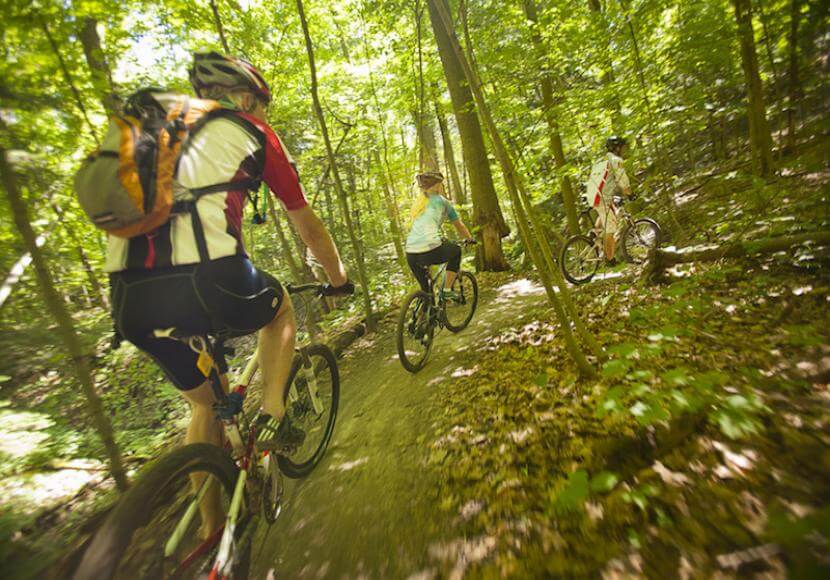July 18, 2017
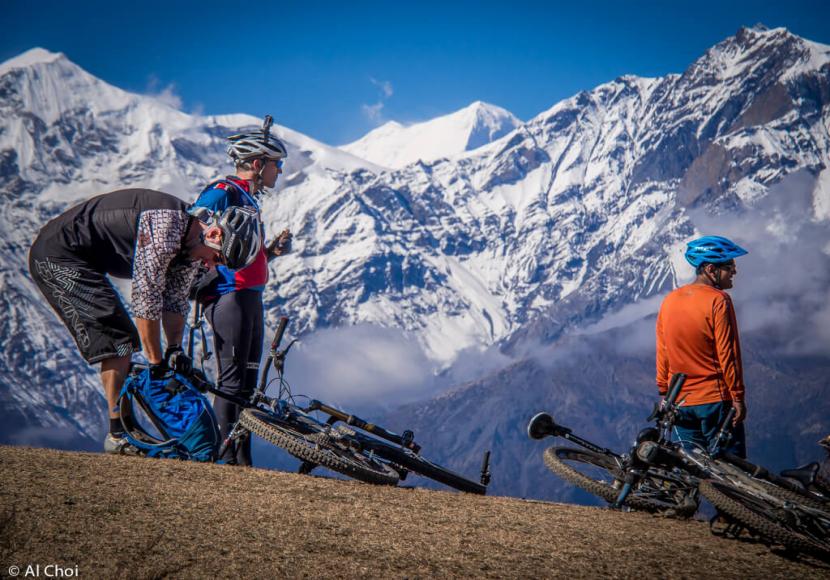
So, you’ve decided to plan an epic mountain bike holiday and escape the real world for a little singletrack therapy. You’re ready to turn your phone off, ramp up your pedal strokes and hit the road. As a mountain bike tour company, we get asked similar questions before the start of each ride and we’d love to shine some light on how you can best prepare for your next mountain bike adventure, whether it’s with us or not! To start, let’s review some questions you should ask before you commit to booking…
QUESTIONS TO ASK BEFORE YOU BOOK:
WHAT’S THE MAKE-UP OF THE GROUP?
You might be interested in knowing who is already booked on the ride, where they are from and their specific riding ability.
HOW CAN I PREPARE FOR THE RIDE?
If the trip includes longer distances and higher elevation gains than what you’re used to, ask how you can prepare for the ride to ensure you get the most out of the experience.
HOW FIT DO I NEED TO BE FOR THIS RIDE?
We’ve created a 9‑point Skill and Fitness Rating System to ensure Riders are matched with an appropriate ride. You don’t want to be constantly waiting for the rest of the group, nor do you want to be the Rider at the back of the trip the entire time. It is of utmost important to us to ensure Riders are matched with mountain bike adventures appropriate for their experience, skill level, fitness level, and interests.
HOW MANY KMS DO WE RIDE EACH DAY?
Mountain bike tour companies should be able to present a daily itinerary of distances, elevation gain/loss and other activies you’ll be participating in (besides biking!).
WHAT’S YOUR CANCELLATION POLICY?
Life can get busy and the unexpected can happen. It’s important to know the company’s cancellation policy and always purchase trip interruption and cancellation insurance. This will ensure your costs are covered if you need to cancel last minute due to an emergency. Check out this page we put together outlining the importance of travel insurance.
Once you’ve book your spot, you’ll want to focus on preparing for your upcoming adventure…
7 WAYS TO PREPARE FOR A GUIDED MOUNTAIN BIKE TRIP
1. REVIEW THE ITINERARY AND RIDE DATA
It’s important to fully understand the itinerary and review the ride data for your trip so you can prepare mentally and physically for the journey ahead. Remember that mountain biking 25km/day might sound easy, but if you’re not used big gains in elevation, you’ll want to account for the extra work you’ll be putting in for those big climbs.
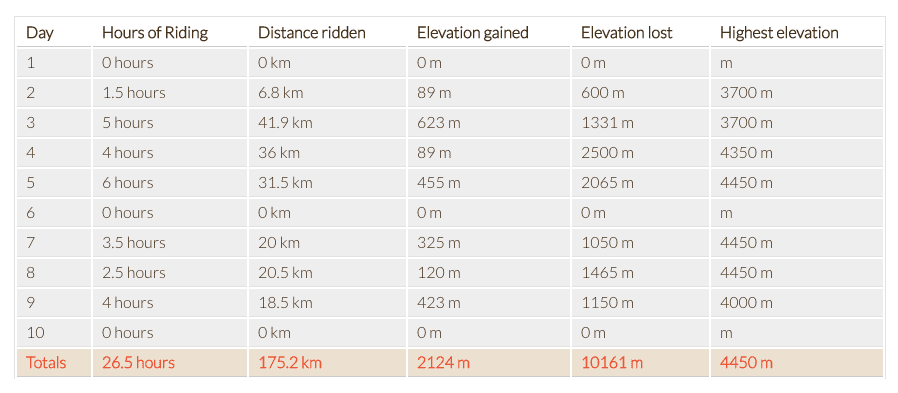
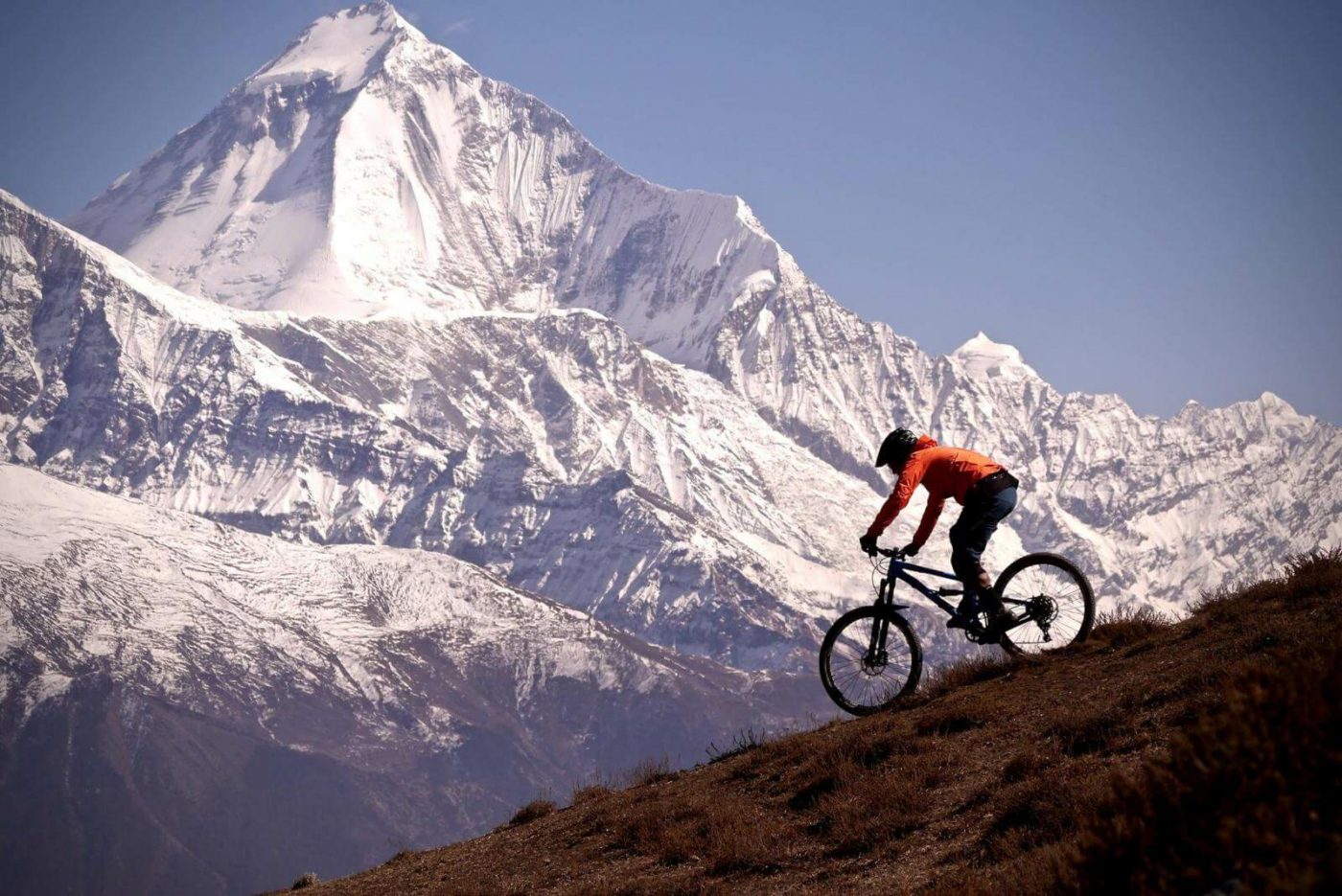
2. CHECK YOUR PASSPORT, VISAS AND PURCHASE TRAVEL INSURANCE
Most countries require your passport to be valid at least six months aftet your departure date. If you’ve booked your guided mountain bike holiday a year in advance, keep note if you’ll need to renew your passport in time for your departure date. Depending on what country you’re traveling from, you may be required to purchase a traveller’s VISA prior to entering your destination. For example, when traveling to Nepal you need to purchase a Tourist Visa at the airport and the cost will vary depending on your length of stay.
As mentioned previously, I can’t express the importance of purchasing travel insurance. I know, your eyes have glazed over — who wants to talk about insurance! In the end, spending $150 on a travel insurance policy could mean saving $10,000 if you need to cancel your trip or if you get injured and need to be evacuated.
We strongly recommend that for any trip (mountain biking related or not), that you obtain the following coverage:
- Trip cancellation up to 100% of your trip cost
- Equipment protection for delay, loss, theft and damage (if traveling with your bike/expensive equipment). This can be covered through renter’s or home insurance. Check your policy.
- Trip interruption up to 100% of trip cost
- Medical expenses up to $50,000
- Emergency medical transportation up to $1,000,000
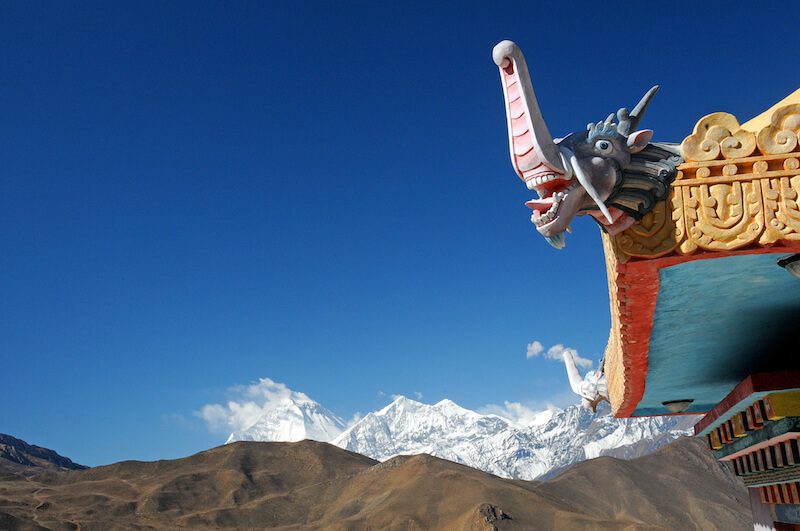
3. REVIEW THE WEATHER AND PACKING LIST
Understand the destination’s climate when you’ll be visiting and put together a general packing list based on your individual needs. Here is a general packing list the we’ve put together , which can be used as a helpful starting point!
ON THE BIKE:
- jersey tops
- cycling shorts with a quality chamois (padding)
- bike gloves with padding under the palm
- cycling socks (synthetic or lightweight wool)
- arm warmers
- leg warmers
- helmet
- cycling shoes
- energy bars and electrolytes
ON AND OFF THE BIKE:
- rain jacket (Gortex with pit-zips)
- wind jacket (lightweight and form fitting)
- sweater (fleece and form fitting mid layer)
- top and bottom base layer (synthetic or lightweight wool)
- sunglasses (clear lens and polarized lens)
- backpack with hydration system (2–3L water capacity)
- cycling water bottle (with squirt lid)
- camera (phone, GoPro, point and shoot)
- ear warmer (toque or headband)
CHILL TIME:
- swimwear
- flip flops
- small camp towel (to use for swimming etc.)
- comfortable, casual clothes for relaxing in (cotton attire, such as jeans, t‑shirt, hooded sweater will be welcomed after a day in synthetics or wool)
- down-filled coat (maybe not if your destination is Costa Rica!)
- trail shoes or hiking boots
- backpack (for day hikes)
- flashlight or headlamp
PERSONAL AND FIRST AID:
- toiletries i.e. toothbrush and toothpaste, shampoo and conditioner, soap, feminine hygiene products etc.
- sunscreen (oil-free for sport)
- insect repellent (with Deet)
- anti-bacterial wipes
- anti-bacterial gel
- toilet paper (depending on the country you are visiting, this could be hard to find!)
- chamois crème
- first-aid kit (ibuprofen, band aids, Polysporin, tweezers)
RANDOM STUFF YOU DON’T REALIZE YOU NEED, WELL, UNTIL YOU NEED IT:
- electrical tape (tape your bike tube or pump to your bike, without leaving a stickyresidue)
- duct tape (tape up holes in a bug net and/or everything else duct tape fixes!)
- solar panel battery charger with USB adapter
- international travel power adapter and converter (check out Lonely Planet for this destination to find out more about currency and plugs)
- zip-lock bags
- grocery bags
- zip ties
- foam roller (travel size)
- tennis ball (for rolling out knots in your worked muscles)
- elastic bands
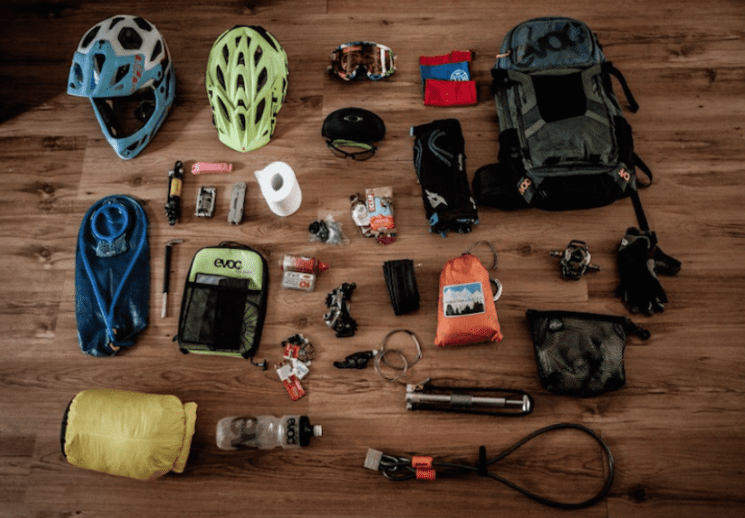
4. TUNE UP YOUR BIKE
If you’ve decided to take your own bike on your mountain bike holiday (instead of renting), make sure you visit your local bike shop and get a thorough tune up — or do it yourself if you’re mechanically savvy! Also ensure that you pack spare parts and tools if required. At the bare minimum pack the following:
- 2–4 spare tubes
- multitool and tire lever
- front and rear brake pads
- extra chain (if yours is more than 6 months old)
- extra dérailleur hanger
- any rare parts specific to your bike, that might be difficult to find in the country your visiting
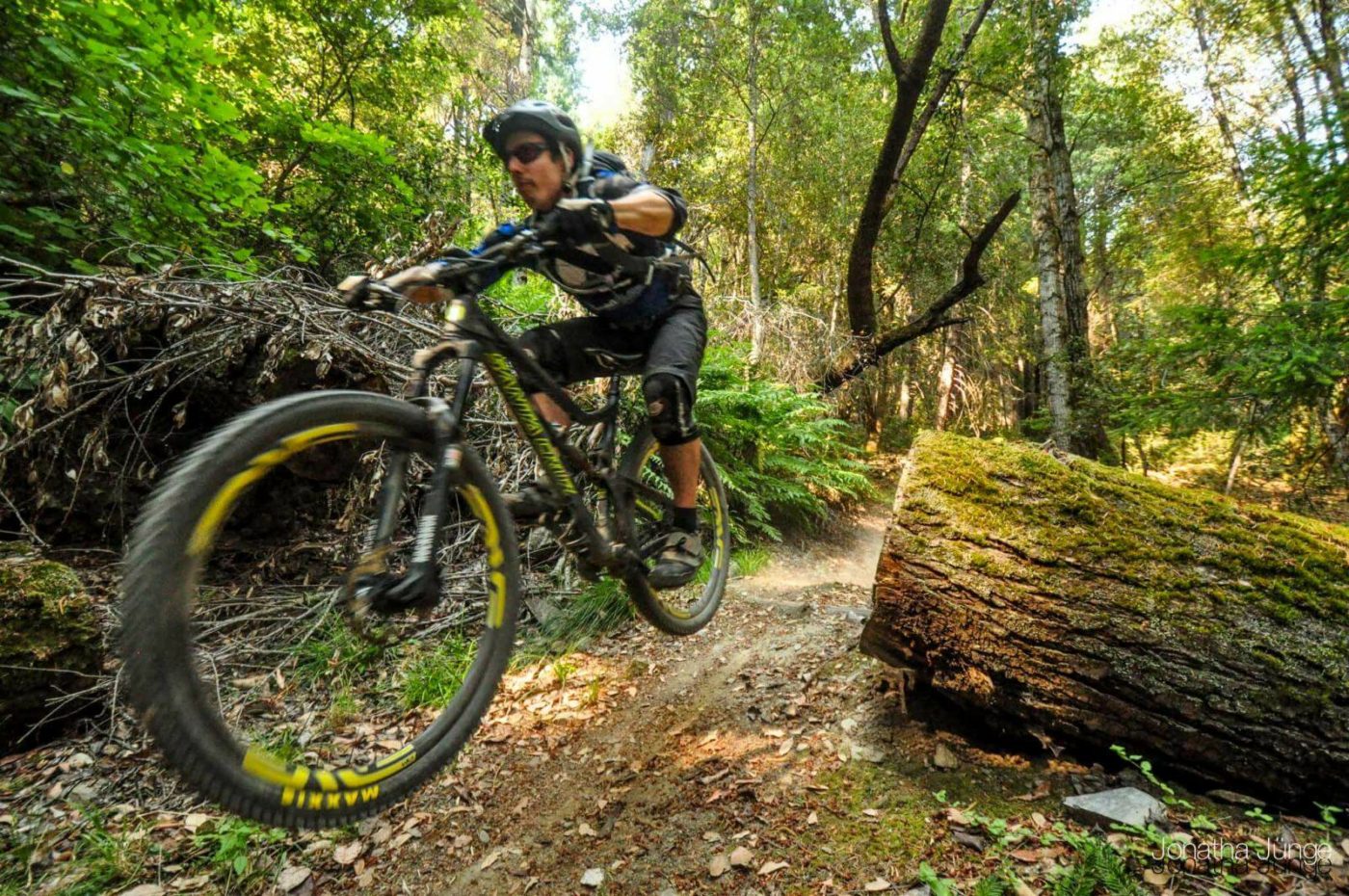
5. DO YOUR RESEARCH
It’s always a great idea to do a little research on the country you’re visiting to ensure you understand the culture and what to expect when you arrive. Lonely Planet is a great resource for reading about customs, traditions, cuisine and adventures in foreign lands. Also, ask the mountain bike tour company that you’re traveling with for local insights on the destination. You may think about arriving early or extending your trip to take in non-mountain bike related places and attractions that aren’t included in the guided trip experience. After all, if you’re going all the way to Peru — perhaps you should take a few extra days to explore the Amazon!
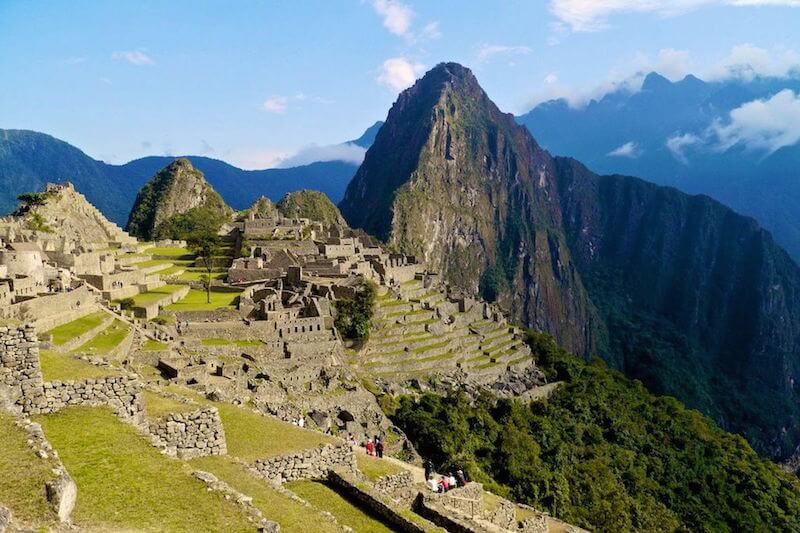
6. HAVE AN EMERGENCY CONTACT
It’s important to leave your travel plans, itinerary, passport number and personal details with a friend or famiy member at home. Leave a copy of your passport with them, and take a photocopy of your passport in your suitcase — in case it gets lost or stolen. You may also like to register your travel plans with your embassy. If you’re a Canadian traveling abroad you can register HERE. In case there is a natural disaster, or other type of emergency, the government will know where you are and be able to provide instructions for remaining safe.
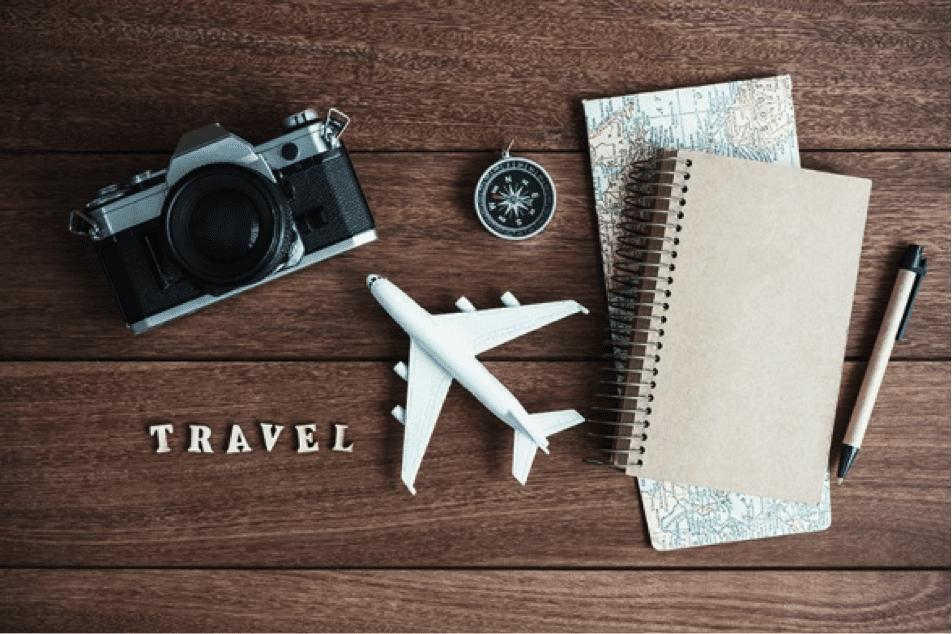
7. GET OUT AND RIDE!
Probably the most important thing to do when preparing for a guided mountain bike trip is to get out and ride as much as possible! You don’t want to be showing up on Day 1 with legs that haven’t felt a pedal stroke in awhile! While riding your local trails, gradually start increasing your distance and intensity in the months prior to your adventure. Also keep in mind that the week before your trip, you’re going to want to drop the intensity of your bike rides and work-outs so your body is at 100% for your trip.
